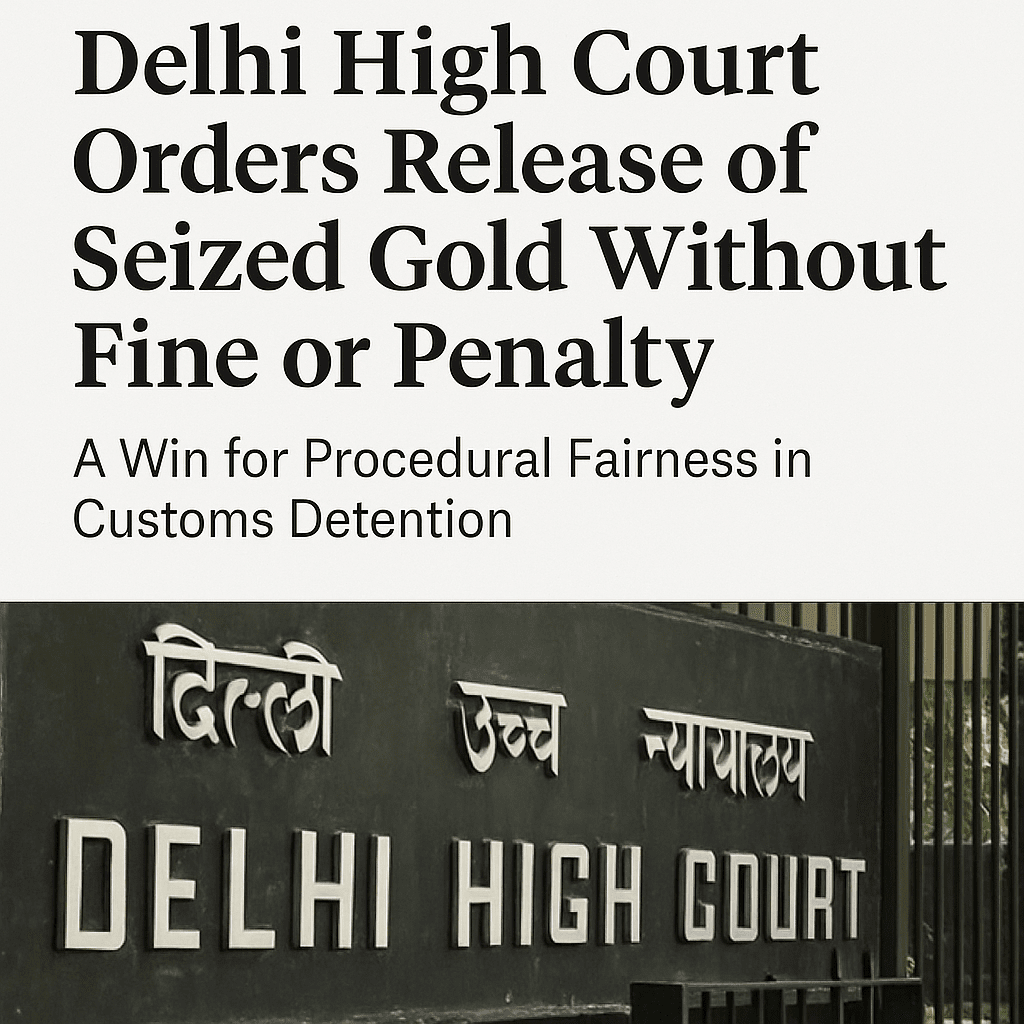Case Analysis: L. Chandra Kumar vs. Union of India
Case name: L. Chandra Kumar vs. Union of India
Court name: The Supreme Court of India
Citation: AIR 1997 SC 1125
Date of judgment: March 3, 1997
Bench: (CJI) A.M. Ahmadi, (J) M.M. Punchhi, (J) K. Ramaswamy,
(J) S.P. Bharucha, (J) S. Saghir Ahmad, (J) K. Venkataswamy,
(J) K.T. Thomas.
Background:
To reduce the burden of service litigation from the High Courts and therefore the Supreme Court which formed a considerable portion of pending litigation, Law Commission in 1975, Administrative Reform Commission in 1969, Swaran Singh Committee in 1975, and the Supreme Court in the case of K.K. Dutta v. Union of India AIR 1980 SC 2056 suggested for the establishment of tribunals consisting of judicial and administrative members to decide service related matters.
It was against this scene that Parliament passed the 42nd Amendment to the Consideration introducing Part XIV-A including Article 323A and 323B providing for establishment of tribunals coping with administrative matters and different problems.
Brief introduction to Article 323A and 323B:
- Administrative tribunals for service matter (Article 323A)
Article 323A provides for the establishment of administrative tribunals by Parliament for the assessment of disputes and complaints associated with the recruitment and conditions of service of Government servants under the Central Government and the State Government. It includes the employees of any local or different authority inside the territory of India or under the control of the Government of India or a corporation owned or controlled by the Government.
The establishment of such tribunals should be at the Centre and State level severally for every or for two or more States. The law should incorporate the provisions for the jurisdiction, power and authority to be exercised by tribunals; the procedure to be followed by tribunals; the exclusion of the jurisdiction of all Courts except the Supreme Court of India under Article 136 of the Constitution.
- Tribunals for other matters (Article 323B)
Article 323B empowers the Parliament and the State Legislature to establish tribunals for assessment of any dispute or complaint with respect to the matters given under Clause(2) are a levy, assessment, collection and enforcement of any tax, foreign exchange and export; industrial and labour disputes; production, procurement, supply and distribution of foodstuffs; rent and it’s regulation and control and tenancy issues, etc. Such a law should outline the jurisdiction, powers of such tribunals and lays down the procedure to be followed.
In pursuance of the Article 323A,the Parliament passed the Administrative Tribunals Act, 1985. The Act authorised the Central Government to establish one Central Administrative Tribunal and also the State Administrative Tribunals. The aim of this Act was to supply speedy and cheap justice to the aggrieved public servants. The Administrative Tribunals Act, 1985 provides for the three kinds of tribunals:
- The Central Government establishes an administrative tribunal referred to as the Central Administrative Tribunal (CAT) that has the jurisdiction to handle service matters referring to the Central Government employees, or of the other Union Territory, or local or other government under the control of Government of India, or of a corporation owned or controlled by the Central Government. It consists of Chairman, Vice-chairman and members.
- The Central Government, may, on receipt of a request in this behalf from any State Government establish an administrative tribunal for such State employees. Just like the CAT, the SAT’s (State Administrative Tribunals) exercise original jurisdiction in reference to recruitment and all service matters of State Government employees. The Chairman, Vice-chairman and members of the SATs are appointed by the President after consultation with the Governor of the State involved
- Two or more States might ask for a Joint tribunal, which is named the Joint Administrative Tribunal (JAT)that exercises powers of the administrative tribunals for such States. The Chairman, Vice-chairman and members of a JAT are appointed by the President after consultation with the Governors of the involved State.
Hence, each tribunal is to consists of a chair person and such numbers of vice chair persons and judicial and administrative members as the appropriate Government might deem fit.
Facts:
There were special leave petitions, civil appeals and writ petitions regarding to the constitutional validity of Article 323A (2)(d) and Article 323B (3)(d) and also with reference to the constitutional validity of the Administrative Tribunals Act, 1985; Moreover what was also the topic of challenge was whether the Tribunals constituted under Part XIV A of the Constitution of India can be effective substitutes for the High Court in discharging the power of judicial review.
Issues:
- Whether the Tribunals constituted either under Article 323A or under Article 323B of the Constitution, possess the competence to check the constitutional validity of a statutory provisional or rule?
- Whether these Tribunals,as they are working at present, can be said to be effective substitutes for the High Courts in discharging the power of judicial review? If not, what are the changes needed to create them to change to their founding objectives?
- Whether the power given to Parliament or State Legislatures, as the case may be, by Article 323A(2)(d) or by Article 323B(3)(d) of the Constitution, wholly exclude the jurisdiction of all Courts, except that of the Supreme Court under Article 136, in respect of disputes and complaints said in Article 323A(1) or with relation to all or any of the matters laid out in Article 323B(2) runs counter to the power of judicial review given to the High Courts under Article 226/227 and on the Supreme Court under Article 32 of the Constitution?
Critical Analysis:
- In pursuance of the power given to it by Article 323A(1) of the Constitution, the Parliament enacted the Administrative Tribunals Act, 1985.
- Pursuant to the provisions of the Administrative Tribunals Act, 1985, the Central Administrative Tribunal comprising of five Benches was established on November 1, 1985. However, even before CAT had been established, many writ petitions had been filed in numerous High Courts as well as the Supreme Court challenging the constitutional validity of Article 323A and additionally the provisions of the Administrative Tribunals Act, 1985.
- The exclusion of judicial review under Articles 226, 227 and 32 was questioned as violating the fundamental structure of the Constitution in S.P. Sampath Kumar vs. Union of India.
- In S.P. Sampath Kumar vs. UOI [1987 SCR (3) 233], in the judgment the Court command that Section 28 that excludes jurisdiction of the High Courts under Articles 226/227 isn’t unconstitutional. The Court dominated that this section does not totally bar judicial review. It also said that Administrative Tribunals under the 1985 Act are substitutes of High Courts and can manage all services matters even involving Articles 14, 15 and 16. It also suggested for changing the qualifications of Chairman of the tribunal.
- In J.B. Chopra and Ors. vs. UOI [AIR 1987 SC 357] a division bench of the Supreme Court held that “the Administrative Tribunals being a substitute power of the High Court had the required jurisdiction, power and authority to adjudicate upon all disputes regarding service matters as well as the power to manage all questions pertaining to the constitutional validity or otherwise of such laws as violative of Articles 14 and 16(1) of the Constitution”.
- In M.B. Majumdar vs. UOI (AIR 1990 SC 2263), the court when analysing the text of Article 323A of the Constitution, the provisions of the impugned Act and also the decision in Sampath Kumar case, rejected the contention that the tribunals were the equals of the High Courts in respect of their service conditions.
- In R.K. Jain vs. UOI [ 1993 SCR (3) 802], Justice Ramaswamy analysed the relevant constitutional provisions, the decision in Sampath Kumar, J.B. Chopra and M.B. Majumdar and held that the tribunals created under Articles 323A and Article 323B couldn’t be held to be substitutes of High Courts for the aim of exercising Jurisdiction under Article 226 and 227 of the Constitution.
- In Amulya Chandra Kalita vs. UOI [ (1991) 1 SCC 181], the Supreme Court had to handle the question of whether or not a dispute before the CAT may be determined by a Single Administrative Member? The Court based it decision on Section 5(2) of the Administrative Tribunals Act, 1985 and held that a Bench of a Tribunal under the Act ought to consists of a Judicial Member and an Administrative Member; as also taking the required clue from the Sampath Kumar case, the Court held that under the Scheme of the impugned Act, all cases ought to be heard by a Bench of two members ( one Administrative and one Judicial).
- In L. Chandra Kumar vs. UOI [ (1995) 1 SCC 400], a division bench of the Supreme Court expressed the view that the decision rendered by the Constitutional Bench of five Judges in Sampath Kumar case, required to be “comprehensively reconsidered”, and a “fresh look by a bigger bench over all the problems adjudicated in Sampath Kumar case was necessary”. Considering the opinion of the Division Bench, the matter was placed before a bigger Bench of seven judges.
Observation by Bigger Bench:
- The power of judicial review is a basic and essential feature of the Constitution and therefore the Jurisdiction given on High Courts under Articles 226 and 227 and on the Supreme Court under Article 32 of the Constitution is a part of the basic structure of the Constitution.
- For securing independence of judiciary, the judges of Superior Courts are entrusted with the power of judicial review. Though the Parliament is empowered to amend the Constitution, the power of Amendment can not be exercised so as to damage the essential feature of the Constitution or to destroy it’s basic structure.
- The High Courts and the Supreme Court are entrusted with the task of upholding the Constitution (i.e., furthering the ends of the Constitution) and with a view to achieving that end, they need to interpret the Constitution.
Verdict of the Court:
- The Court held that Section 28 of the Administrative Tribunals Act, 1985 and the “exclusion of Jurisdiction” clauses in all other Legislations enacted under the aegis of Article 323A and 323B would, to the extend that they exclude the jurisdiction of the High Courts ( under Articles 226 and 227) and the Supreme Court ( under Article 32) would be ultra bored the Constitution
- The Court held that there was no constitutional prohibition against administrative tribunals in playing a supplemental as opposed to a substitutional role; that is in exercising their powers such tribunals cannot act as substitutes for High Courts and the Supreme Court. Their decision are going to be subject to scrutiny by a Division Bench of the concerned High Courts i.e., all decisions of these Tribunals ( tribunals created under Articles 323A and 323B of the Constitution of India) are going to be subject to scrutiny before a Division Bench of the High Court within whose Jurisdiction the involved tribunal falls.
- Lastly, the court upheld Section 5(6) of the Administrative Tribunals Act, 1985 as valid and constitutional and held that Section 5(2) and 5(6) of the Act should operate along and should be harmoniously construed i.e wherever a matter involving the interpretation of a statutory provision or rule in relation to the Constitution arises for consideration of a Single Member Bench of the Administrative Tribunal, the proviso of Section 5(6) can mechanically apply and the Chairman or the Member involved shall refer the matter to a Bench consisting of minimum of two members, one of whom must be a judicial member.
Also Read: PUCL v. Union of India, (2002) 5 SCC 294
Conclusion:
The Supreme Court in the present case was more concerned with deciding whether or not the Jurisdiction of the High Courts under Articles 226 and 227 and that of the Supreme Court under Article 32, can be outsed by Administrative Tribunal; the Supreme Court did acknowledge that functioning of the Administrative Tribunals in India has been terribly poor however was still against the concept of their abolishment. It’s note worthy that the Supreme Court didn’t offer any concrete solution as to how the functioning of the Administrative Tribunals be improved, except of the opinion that these Tribunals should be placed under the scrutiny of the High Courts so as to make sure that these Tribunals deliver quality justice no matter the very fact that the problem of docket explosion with which the High Courts are suffering at this time will stay unresolved.
References:
- Case study of L. Chandra Kumar v. Union of India – Academike
- https://indiankanoon.org › doc
- https://www.slideshare.net
- https://www.researchgate.net
- lawtimesjournal.in
- https://www.ssrn.com
- https://www.drishtiias.com/important-institutions/drishti-specials-important-institutions-national-institutions/tribunals-1

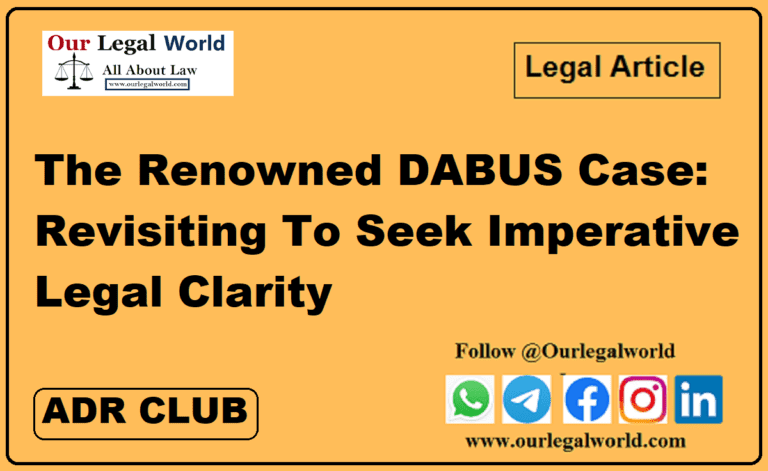
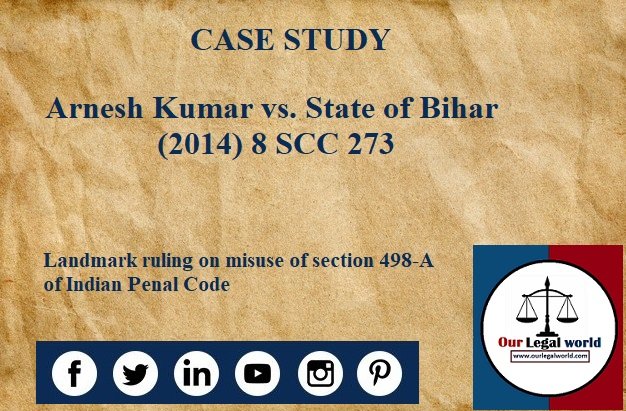
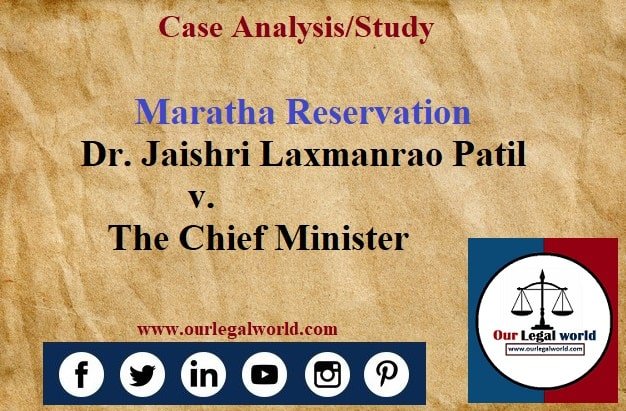

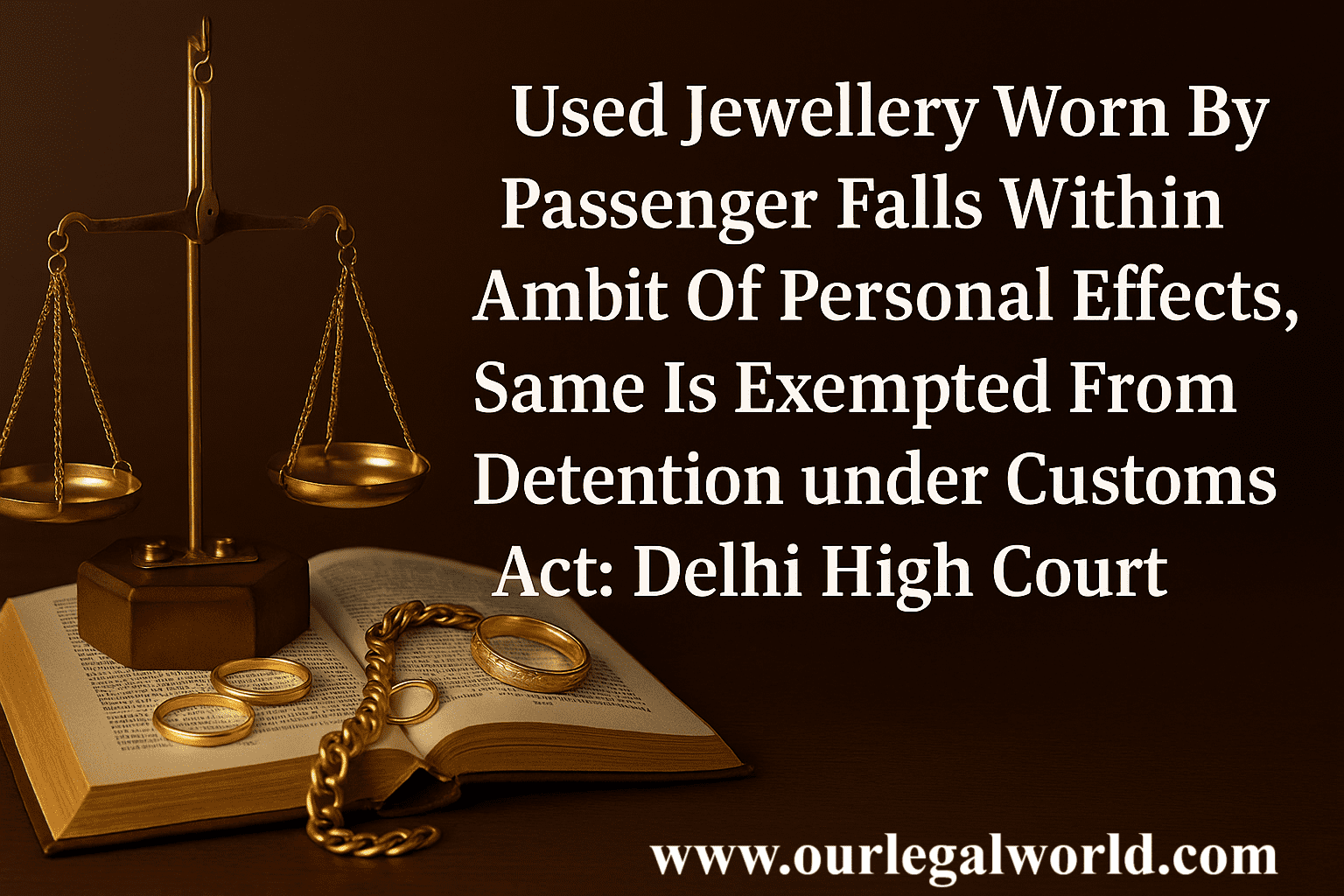
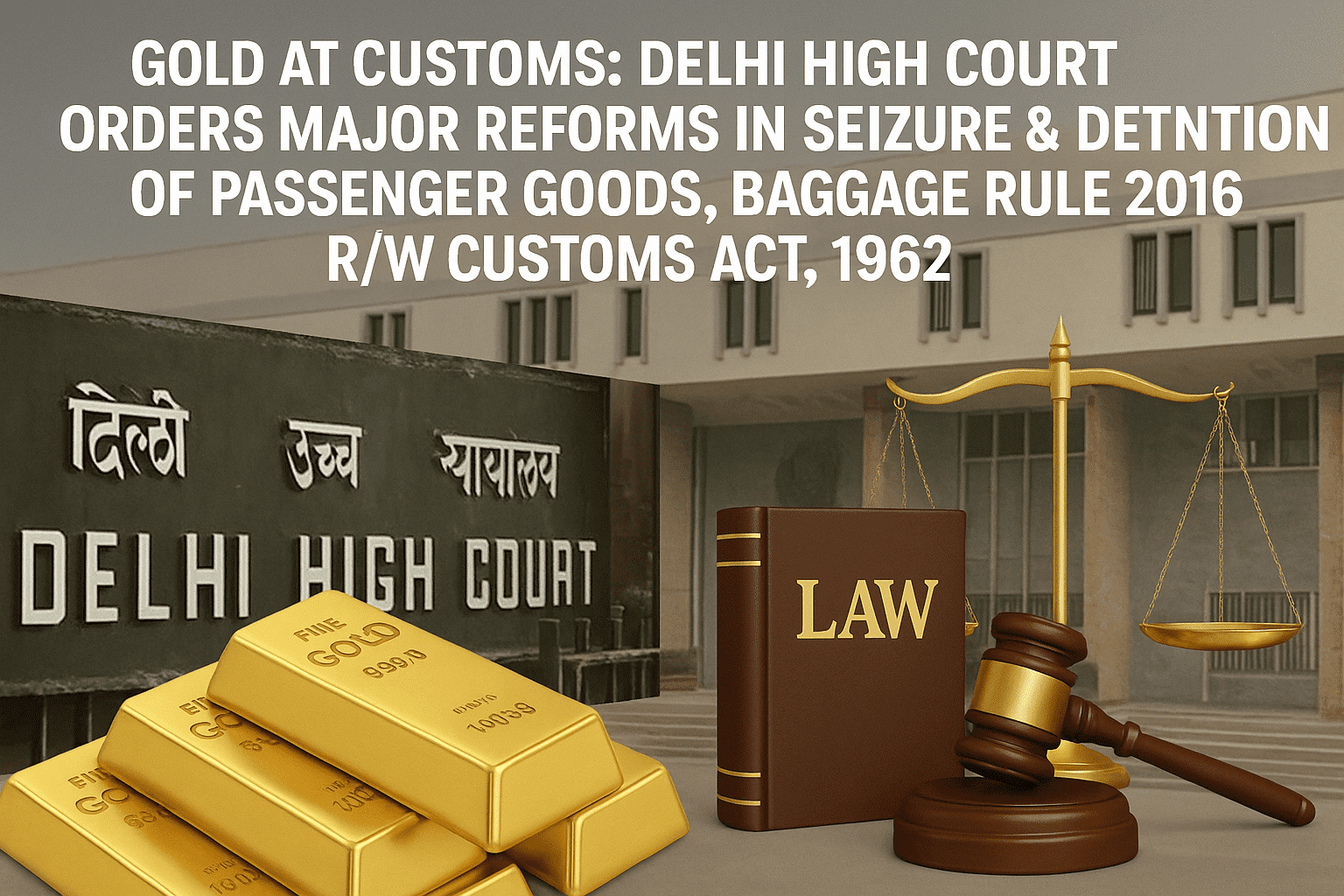

![Tax Law Internship at Legum Attorney [Chamber of Ashish Panday], Delhi : Apply by 15th May 2025](https://www.ourlegalworld.com/wp-content/uploads/2025/05/IMG_0113-min.png)
